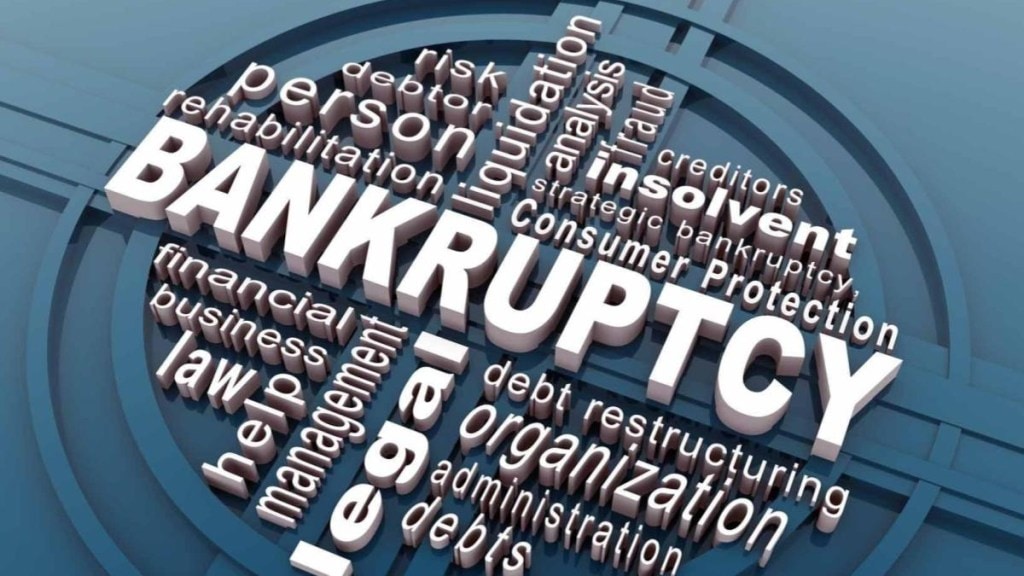The enactment of the Insolvency and Bankruptcy Code (IBC) was a watershed moment in India’s corporate law regime. Since 2016, the code has reshaped the corporate credit dynamics, aiming to instill the “time is of essence” philosophy in insolvency resolution. As of March 2024, the IBC has helped recover around Rs 3.3 trillion, against admitted claims of Rs 10.46 trillion, reflecting an overall recovery rate of 32%. While this is an improvement over FY20 to FY22, structural and procedural issues are still impeding the IBC’s ultimate aim of maximising value.
The first reason behind this is the increase in pendency of cases at the National Company Law Tribunal (NCLT) and the National Company Law Appellate Tribunal (NCLAT), and thereafter in the Supreme Court in some cases. To address this aspect, the government must consider setting up dedicated commercial/IBC benches to ensure that insolvency cases are quickly adjudicated. For this purpose, it may consider a suitable amendment in the IBC. This will help in meeting the objective of completing the procedural part of insolvency resolutions within the stipulated time.
While structural changes may take time, another issue leading to a long trail of pending cases is the inconsistent interpretation and application of law by the NCLT, especially on the matter of “commercial wisdom”.
Being the apex court, the Supreme Court has put the IBC on track. Now it is the duty of all the stakeholders to follow this path, not only in the letter but also the spirit of law. For instance, once it has held that the “commercial wisdom” of the Committee of Creditors (CoC) cannot be questioned, everyone has to follow it. The IBC is unique in that it has been able to free the banking industry from uncertainty and it is imperative that the centre of power continues to vest with them. One should not tinker with the rights of the stakeholder for which this path-breaking reform was initiated.
To be sure, the legislature itself made a conscious choice to entrust commercial decisions to the CoC, as they are based on market realities and practical considerations that may lead to pragmatic and viable restructuring plans. On the other hand, courts may not have the flexibility to consider such market-driven solutions due to their focus on legal frameworks and precedents.
By providing substantial authority to the CoC, the law aims to ensure efficient resolution of distressed companies, ultimately enhancing recovery by creditors. The CoC’s decision-making authority includes determining whether to continue with the insolvency resolution or liquidate a company, subject to the applicable law. It also extends to operational decisions such as interim finance and connected aspects. Beyond this, the CoC exercises control over the insolvency proceedings in a manner that maximises the value of the corporate debtor’s assets as they stand to recover their dues, thus being incentivised to make decisions that are likely to preserve or enhance asset value.
Considering this, the Supreme Court has always upheld this legislative intent through a catena of judgments, affirming that the CoC’s commercial wisdom should not be interfered with by the judiciary, provided the process is fair and transparent.
For instance, in the Ramakrishna Forgings case, the Supreme Court, while setting aside the decision of the NCLT and the NCLAT, observed that the CoC’s approval of the resolution plan with 88.56% vote was not required to be called into question or casually interfered with. Similarly, in the case of Maharashtra Seamless Limited, the apex court emphasised that the CoC’s commercial analysis should not be qualitatively examined and therefore it disapproved of the NCLAT’s direction asking the successful resolution applicant to enhance its fund flow. Similarly, in Pratap Technocrats, the Supreme Court observed that the jurisdiction of the NCLT and the NCLAT cannot extend to the merits of a business decision made by a requisite majority of the CoC in its commercial wisdom.
It is pertinent to note that under Article 141 of the Constitution, the law declared by the Supreme Court is binding on all courts in India. Despite this, multiple insolvency cases are still stuck due to the confusion caused by the NCLT/NCLAT’s inconsistent approach and experimental interpretation of commercial wisdom. Take the recent case of SKS Power Generation, where the CoC approved the resolution plan submitted by Sarda Energy and Minerals after voting 100% in its favour in June 2023. The matter is still pending resolution.
Such factors are posing a big challenge to the overall success of the IBC. It has increased the time taken by courts for approving a resolution plan to more than 600 days (including excluded time), as of March 2024. These delays are costing the economy as creditors’ money remains stuck leading to a loss of faith among creditors and debtors in the system’s overall efficacy and fairness. Prolonged resolution also undermines confidence in timely debt recovery, increasing financial risks for creditors. It is therefore essential that all the stakeholders adhere to the Supreme Court’s directive. Failure to do so should lead to appropriate consequences to maintain the integrity and effectiveness of the judicial process and uphold the sanctity of law.
The author is a senior advocate in the Supreme Court.
Disclaimer: Views expressed are personal and do not reflect the official position or policy of Financial Express Online. Reproducing this content without permission is prohibited.

